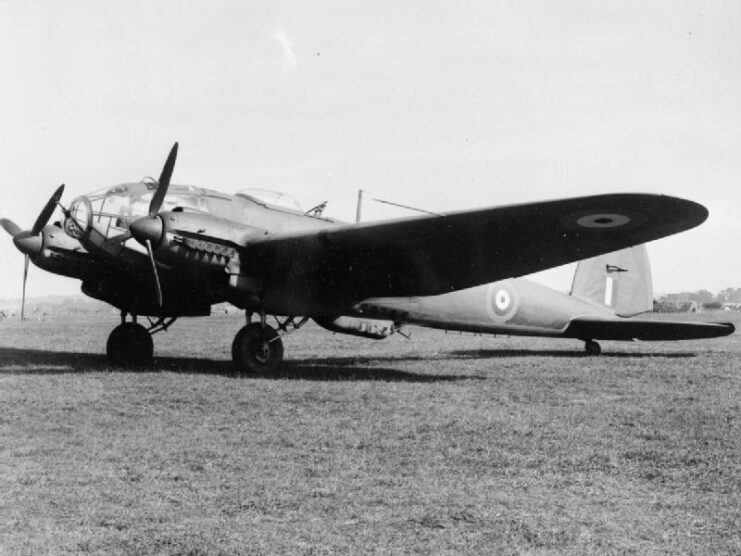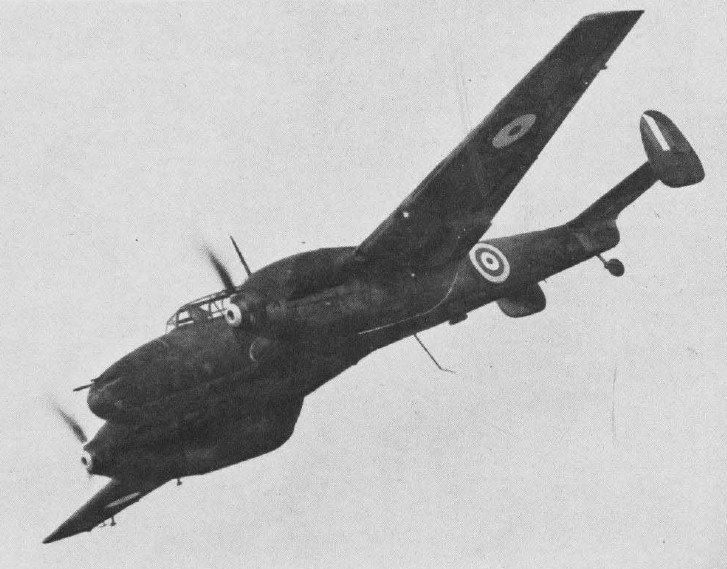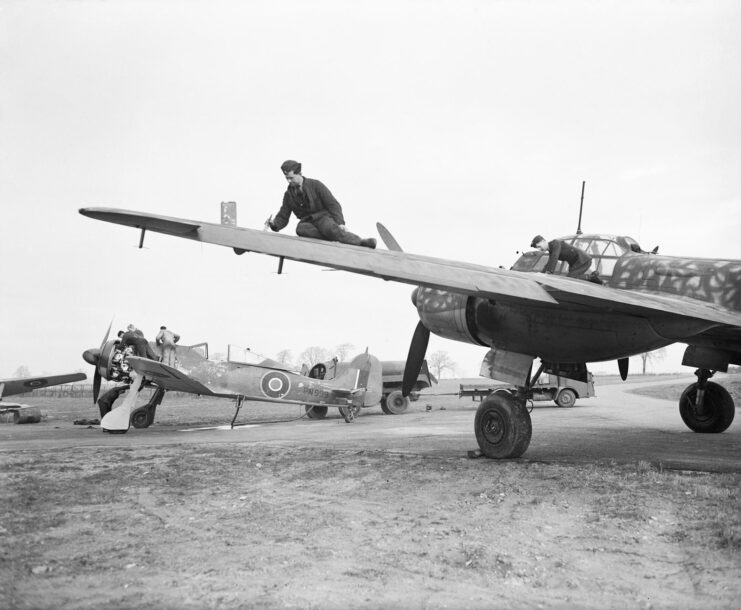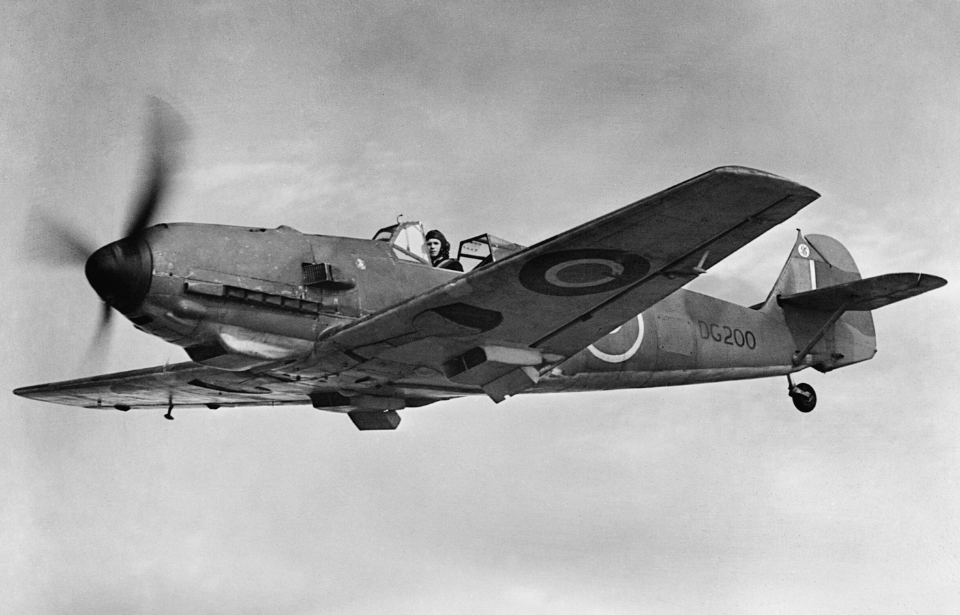In September 1942, Rachel and Eddie Jones were enjoying the warm weather at their home near Romsey, England. Rachel had formed a keen interest in aircraft recognition, thanks to her being a Brownie Guide. As the two played, they heard an unfamiliar sound in the sky.
To Rachel’s horror, she recognized the outlines of enemy aircraft: a Heinkel He 111, a Junkers Ju 88 and a Messerschmitt Bf 110. As they drew nearer, it became apparent they were sporting Royal Air Force (RAF) insignia and being escorted by Supermarine Spitfires.
Rachel ran into the house, told her mother what she’d seen and was sent to bed early without supper for telling fibs. That being said, it was anything but. She’d actually seen aircraft belonging to No. 1426 Flight RAF – nicknamed the “Rafwaffe.”
Development of the ‘Rafwaffe’

The Rafwaffe was formed at RAF Duxford in Cambridgeshire on November 21, 1941. The purpose was to take captured enemy aircraft, evaluate them and demonstrate their capabilities to Allied personnel, exposing them to “the appearance, performance, and even the sound” of the aircraft they may come up against in the skies over Europe.
Those charged with flying the aircraft were test pilots with No. 41 Group RAF, who’d briefly been assigned to the Air Fighting Development Unit.
Operations throughout World War II

The Rafwaffe cooperated with the RAF Film Production Unit, which used the captured enemy aircraft in their productions – although, they had the RAF insignia removed and the Luftwaffe ones restored. The Rafwaffe also worked in conjunction with the Air Fighting Development Unit, which was dedicated to testing enemy aircraft abilities and the development of tactics to combat them.
Over the course of the war, some of the aircraft, which had already been rigorously tested in the United Kingdom, were shipped to the United States for further examination. Others were lost – some due to crashes, others cannibalized for spare parts. One issue that plagued the No. 1426 Flight RAF and similar units was a lack of parts, which necessitated the use of downed aircraft and even the manufacturing of newer bits.
Aircraft operated by the Rafwaffe

Over the course of the Second World War, the Rafwaffe operated eight types of aircraft, with a total of 21 donning the RAF roundel. The first that came into their possession was a Heinkel He 111 H, which crash landed in Scotland after being hit by a Spitfire in 1940; a Messerschmitt Bf 109E-3 captured by the French in 1939; and a Junkers Ju88A-5, which landed at RAF Chivenor due to navigational difficulties.
These early aircraft were followed by six Messerschmitt Bf 109s, four Junkers Ju 88s, four Focke-Wulf Fw 190s, a Messerschmitt Bf 110, a Henschel Hs 129, a Messerschmitt Me 410 Hornisse and an Italian Fiat CR.42 Falco.
